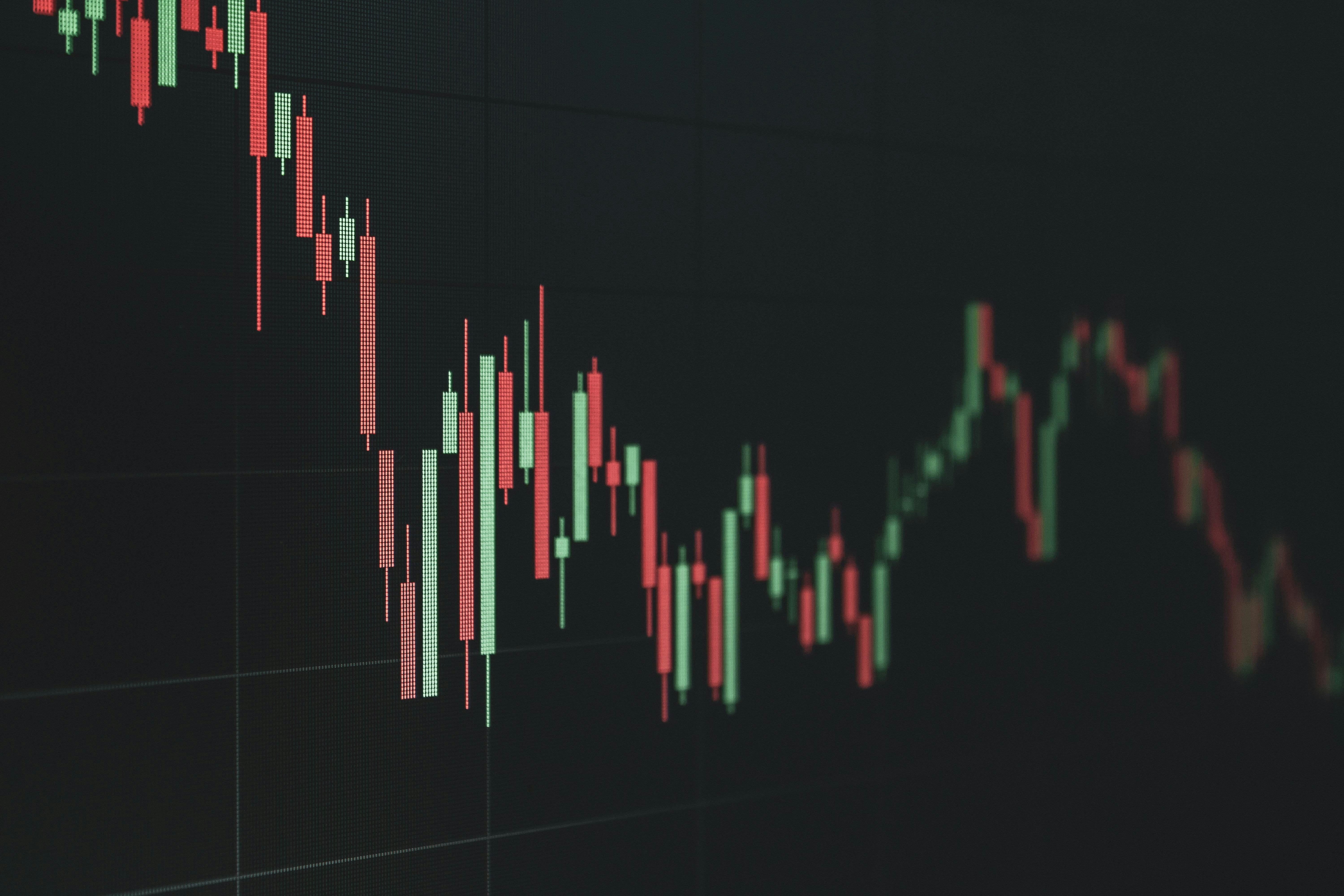What Is the Bond Market? Understanding the Largest Financial Marketplace

Introduction
When most people think of financial markets, they picture the stock market—ticker symbols, CNBC headlines, and meme stocks. Yet the bond market is both older and vastly larger. It’s where governments and companies raise money by issuing debt and where investors trade those debt securities. Understanding how the bond market works provides insight into global finance, monetary policy, and even your personal investments.
1. A Brief History of Bonds
Lending isn’t a modern invention. Some of the earliest examples of interest-bearing loans date back over 4,000 years, when Hammurabi’s Code in Mesopotamia set rules for the price of silver and interest charges. In medieval Italy, city-states issued war bonds so citizens could finance military campaigns. Over time, governments like England and the United States followed suit, issuing bonds to fund wars abroad.
The bond market has evolved from these early roots into today’s global marketplace where trillions of dollars change hands daily.
2. How the Bond Market Works Today
The modern bond market is the largest financial market by assets and daily trading volume. Corporations issue bonds alongside stocks as part of their capital structure, while governments use bonds to fund everything from infrastructure to budget gaps.
Central banks, like the U.S. Federal Reserve, play a pivotal role by setting interest rates and managing money supply. Eight times a year, investors listen to the Fed chair’s announcements, which influence borrowing costs across the economy. Changes in the federal funds rate ripple from Treasury yields down to consumer loans and savings accounts.
3. Types of Bonds and Issuers
There are two primary issuer categories:
- Corporate bonds: Companies borrow money from investors by issuing bonds. Corporate bonds are classified by credit quality—investment‑grade or high‑yield (junk). Credit ratings reflect the issuer’s payment history and financial health.
- Government bonds: Governments issue debt to finance public spending. In the United States, these include Treasury bills, notes, bonds, and TIPS (Treasury Inflation‑Protected Securities). Bills mature in 1–12 months, notes in 2–10 years, and bonds in 20–30 years. TIPS adjust both principal and interest for inflation, while STRIPS are zero‑coupon bonds sold at a discount that pay out only at maturity.
Understanding these categories helps investors select bonds based on risk, duration, and tax treatment.

Need a deep dive on dashboards? Check out this guide on real-time finance UIs.
4. Primary vs. Secondary Markets
Just like stocks, bonds trade in two markets:
- Primary market: Issuers sell new bonds directly to investors. Corporations and governments use this market to raise fresh capital.
- Secondary market: After issuance, bonds trade among investors. Retail investors typically access this market through brokerages or platforms. When you purchase a bond on an app like Silo, the broker routes your order to a venue with a willing seller.
Trades aren’t done when you click “buy.” A clearing broker—such as Interactive Brokers (IBKR)—confirms fund availability, records the transaction, and coordinates with the Depository Trust & Clearing Corporation (DTCC) to clear and settle the trade. Settlement occurs one business day after the trade for government bonds (T+1) and two days for corporate bonds (T+2).
5. Why the Bond Market Matters
The bond market isn’t just for institutional investors. It influences interest rates on everything from mortgages to credit cards. It’s a key channel for governments to fund social programs and for companies to finance growth. As an investor, bonds offer diversification, income, and a way to express views on interest rates and economic outlook.
Even if you never buy a bond, the bond market affects your daily financial life. Understanding its mechanics helps you grasp how monetary policy and credit conditions shape the broader economy.
Conclusion
The bond market is the largest and oldest financial marketplace, providing essential funding to governments and companies worldwide. By exploring its history, structure, and inner workings—from issuance to settlement—you gain a deeper appreciation for how debt markets influence everything from global economics to your personal finances. Whether you invest in bonds or not, the bond market’s rhythms resonate throughout the financial system and your everyday life.








